The present volume is undoubtedly one of the most interesting books ever written on Kashmir as it gives an eye-witness account of Kashmir, including Ladakh, as it existed a century back. The author, an indefatigable missionary and school teacher, arrived in India from England in 1891 to assist Rev. J.H. Knowles, the Head Master of Kashmir Mission School, Srinagar which came into being a decade earlier. The author is not only a school teacher but a unique combination of a religious preacher, a missionary, restless traveller, a sportsman, a social worker, a lover of nature and above all a keen observer of social and political ambience of the then Kashmir where he stayed for 30 years. He gives an interesting account of the lakes, valleys and towns of Kashmir. The valley had only four places worthy of name of towns: Srinagar, Baramulla, Sopur and Islamabad. In 1890 Srinagar had a population of 1,30,000. Srinagar means "the city of wealth". It was most picturesque town stretching for three miles on both sides of river Jhelum. Baramulla is in the North-West where the river Jhelum leaves the valley through a deep gorge and thence becomes a foaming torrent as it drops 3000 feet to the plain of India. He found the Kashmiris so fair that some of them could easily pass for Europeans. The Hindu women and boys refined features quite of Greek type. ‘What amusement the Pandit officials used to afford are every morning in days goneby when the head of a Deptt. was making his triumphal march from his house to office at the gentlemenly pace of the ox of two miles an hour, followed by his subordinate clerks and servants’. He expresses a very poor opinion of ordinary Kashmiris and gives many instances of their cowardice, deceit and villainy. The most interesting part of the book is his trip to Ladakh which he made during the summer of 1896. From Srinagar to Leh, a distance of 224 miles, was covered in 12 days. On the way he stopped at several places, including Kargil, capital of Purik district and narrates several interesting incidents. Finally he reached Ladakh the ‘wonderful country of Monasteries and lakes’. He saw Leh from some miles built on the rocks around Leh. The view of Suru river, charmed him most and reminded me of pictures of heaven which I had seen children’s picture books. Finally he comes to education and caliber of students being taught in Kashmir Mission School of Srinagar. In 1891 there were 250 scholars-all Pandits, eager to learn English which began to supersede Persian and Sanskrit. The students had put on "ungainly costumes, every one seemed to be wearing a very dirty night gown and there foreheads were plastered with red paint and a number of them wore huge golden earings.…disgust at the offensive smell….for practically every one of them had a concealed fire pot full of hot charcoal….". When on the Prize Distribution Day the British Resident in Srinagar Darbar came to give away prizes, he amonished the author by saying "what a dirty lot of boys Mr. Biscoe, I will give a cleanest boy next year." A very interesting thing about the students studying in top class in the school was that they were from eighteen years to twenty four years of age. Many of them grew black beards and were married and they were fairly set in their ideas. They had belief in their own superior knowledge. He started to reform them by commencing games and athletics which would teach them unselfishness and cultivate decent habits in them. For the first time, he introduced football which was initially opposed for being unholy to be touched by Brahman boys because it was made of leather. But later they all participated in it. One thing which troubled the author most of all was the frequent occurrence of accidental fires in Srinagar almost every day as the houses were wholly wooden, susceptible to fires. Instead of putting out the fire, the outlookers enjoyed to see the raging fire. Few people showed any sympathy to the victims of fires. He describes as to how on one occasion he forcibly took pots from a boat and asked his students and onlookers to bring the water from the river and pour it on the burning house. He taught them how to provide help to mitigate such calamities. He taught his students the art of swimming as the country was full of lakes, rivers and canals and their primary duty was to save the drowning people which often happened. It is a undoubtedly a remarkable book which gives a realistic account of author’s practical experiences during his 30 years’ stay in Kashmir. It certainly provides valuable insight into the social political, educational and geographical conditions of the then. Kashmir and then should be an asset to all libraries both public and private.
Fifty years Against the Stream
$40.50
$45.00

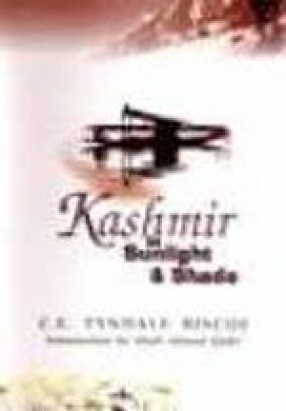
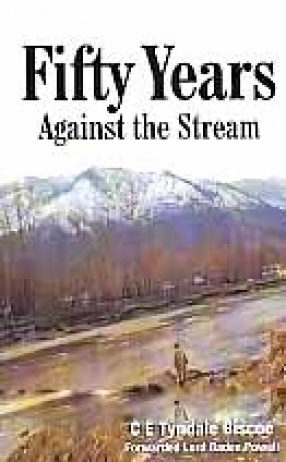
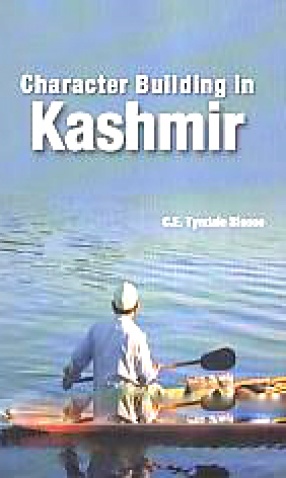

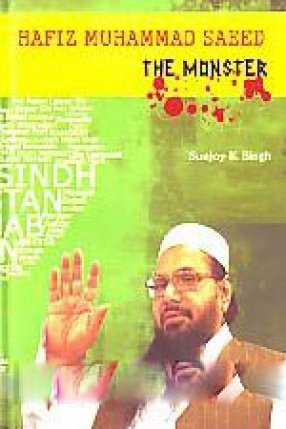
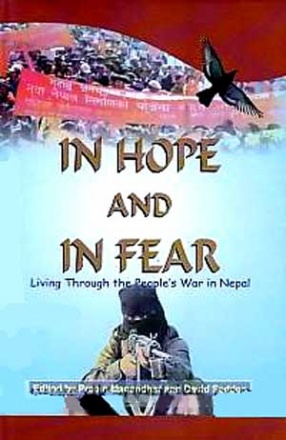
There are no reviews yet.